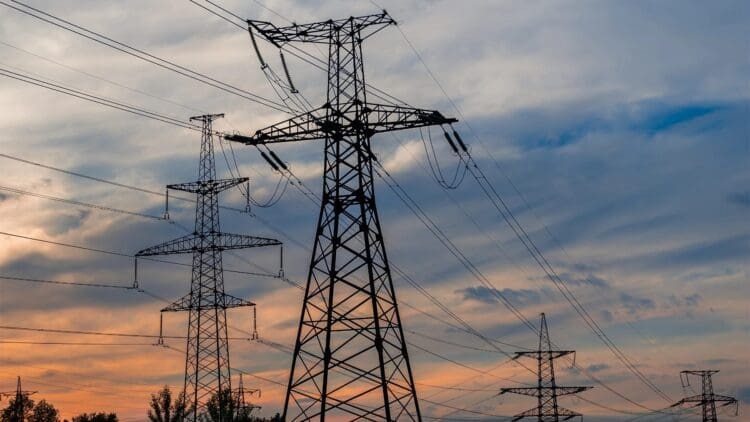India is among the most industrious countries in the world, and as such requires vast amounts of energy to meet the rising power demands that the nation needs to provide its citizens with a quality way of life. The Indian government has recently announced that it has installed 44 GW of module capacity during the first half of 2025. A report from Mercom has stated that India’s solar manufacturing sector has seen significant growth in H1 2025, which underscores the nation’s efforts to increase the capacity in the market.
Mercom Capital Group reports an increase in solar manufacturing in India
For a nation with the exceedingly large population that India has, fostering renewable energy is needed to deliver acceptable electricity levels to the grid, while keeping the non-renewable energy sector relatively productive.
In a move that is unprecedented for India, solar imports declined while exports saw a significant increase during the first half of 2025. A new Mercom India Research report states that PV module production capacity is rising by 44.2 GW and cell capacity by 7.5 GW.
The total capacity listed under the Approved List of Models and Manufacturers (ALMM) List-I and List-II has now reached 109.5 GW for modules and nearly 17.9 GW for cells, respectively.
According to Mercom Capital Group CEO Raj Prabhu, despite the huge PV production capacity, actual operational capacities can be 30% to 40% lower. Mr Prabhu believes that ALMM-certified capacities deliver a more accurate reflection of supply, even though wattage breakdown is not specified.
As of June of this year, there were 91.5 GW of module manufacturing capacity across various technologies and wattages with ALMM certification, and 13.5 GW of cell capacity was listed under ALMM List-II out of all installed cell production capacity.
“New module lines typically take several months to stabilize before reaching full utilization, while smaller facilities continue to operate at lower levels, constrained by outdated technologies, lack of scale, and lower wattage modules that are no longer in demand. This has led to fewer orders and accelerated consolidation with only larger manufacturers that possess scale, efficiency and credibility remaining competitive” – Mercom Capital Group CEO Raj Prabhu
Donald Trump’s tariffs have affected the export of Indian made solar capacity
The world became aware of Donald Trump’s plans to implement tariffs on a variety of nations when he began his second term. On day one, he stated that the United States would implement tariffs on India, which has now affected the solar manufacturing sector.
During the reporting period of the Mecom report, India imported 44.6 GW of solar modules and cells, with the former accounting for 34% and the latter 66%, which underscores the progress being made by India in the sector.
“Exports have also been hit hard. Shipments to the United States, which accounted for more than 95% of Indian module exports, have come to a halt after the recent 50 tariff.” – Mercom Capital Group CEO Raj Prabhu
As the United States will continue to rely on solar and storage capacity in its nation, India will need to consider its next move to alleviate the pressure on the solar manufacturing sector.
Industry experts expect a supply crunch in the solar market for the rest of the year
Mercom India’s Managing Director, Priya Sanjay, has stated that she expects a supply crunch for solar cells in the Indian market as ALMM List-II comes into force from June 1, 2026; however, the solar industry is awaiting any news on a potential compliance timeline extension. As Europe drafts plans to reshore solar manufacturing, the sector is facing an uphill battle in the Indian market. Priya Sanajay noted that “Demand for cells will spike by June 2026, but most new cell capacities won’t be ready within the next few quarters. Some manufacturing lines are expected to come online by mid-2026, but a temporary supply crunch is likely to persist until additional capacity is commissioned.”





